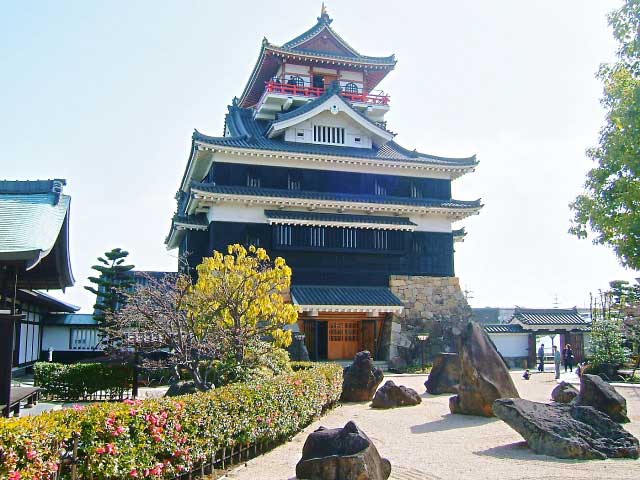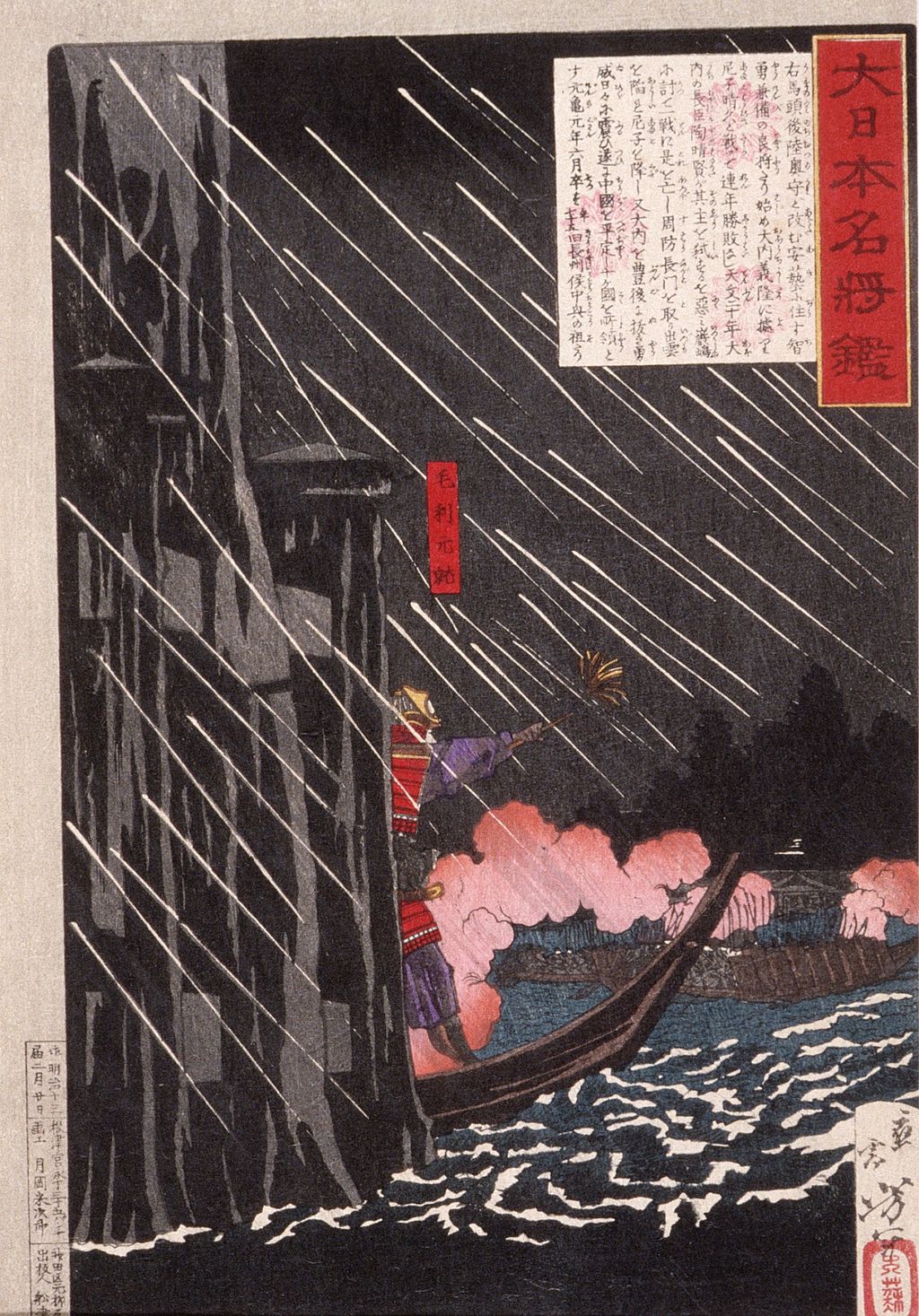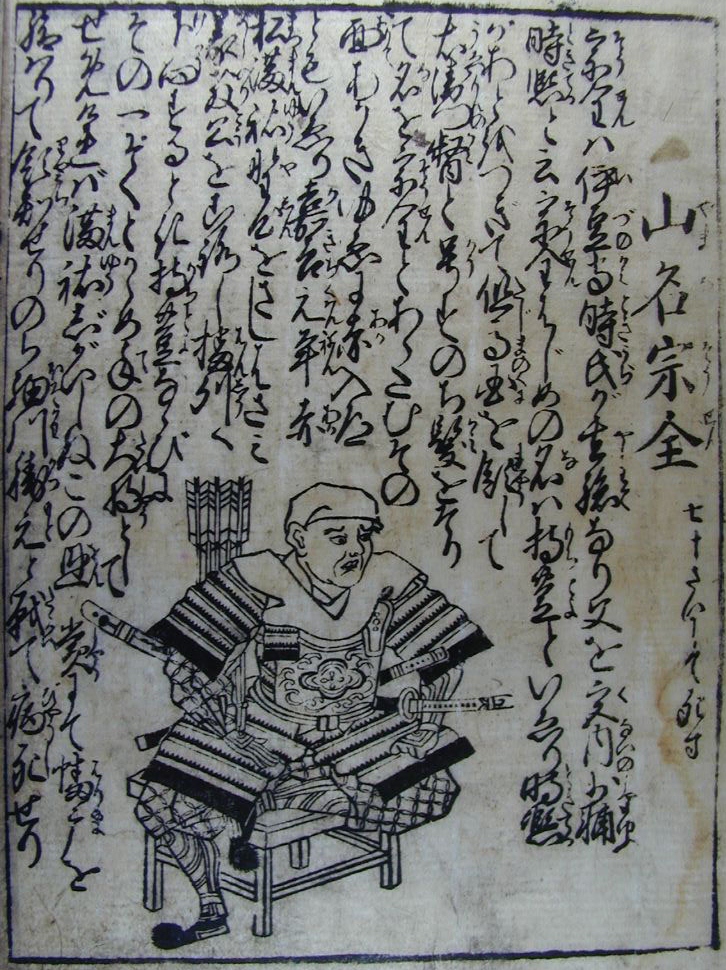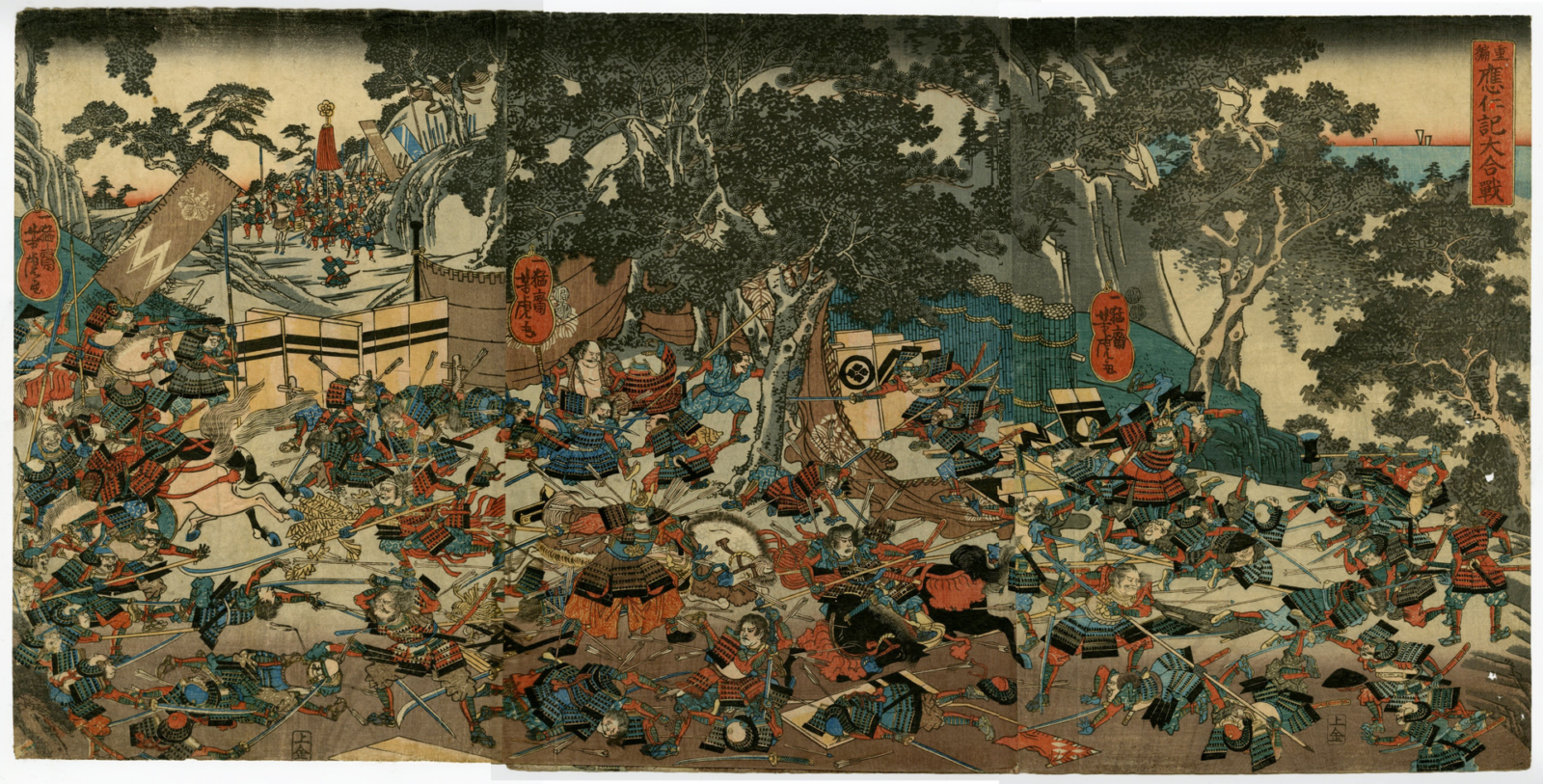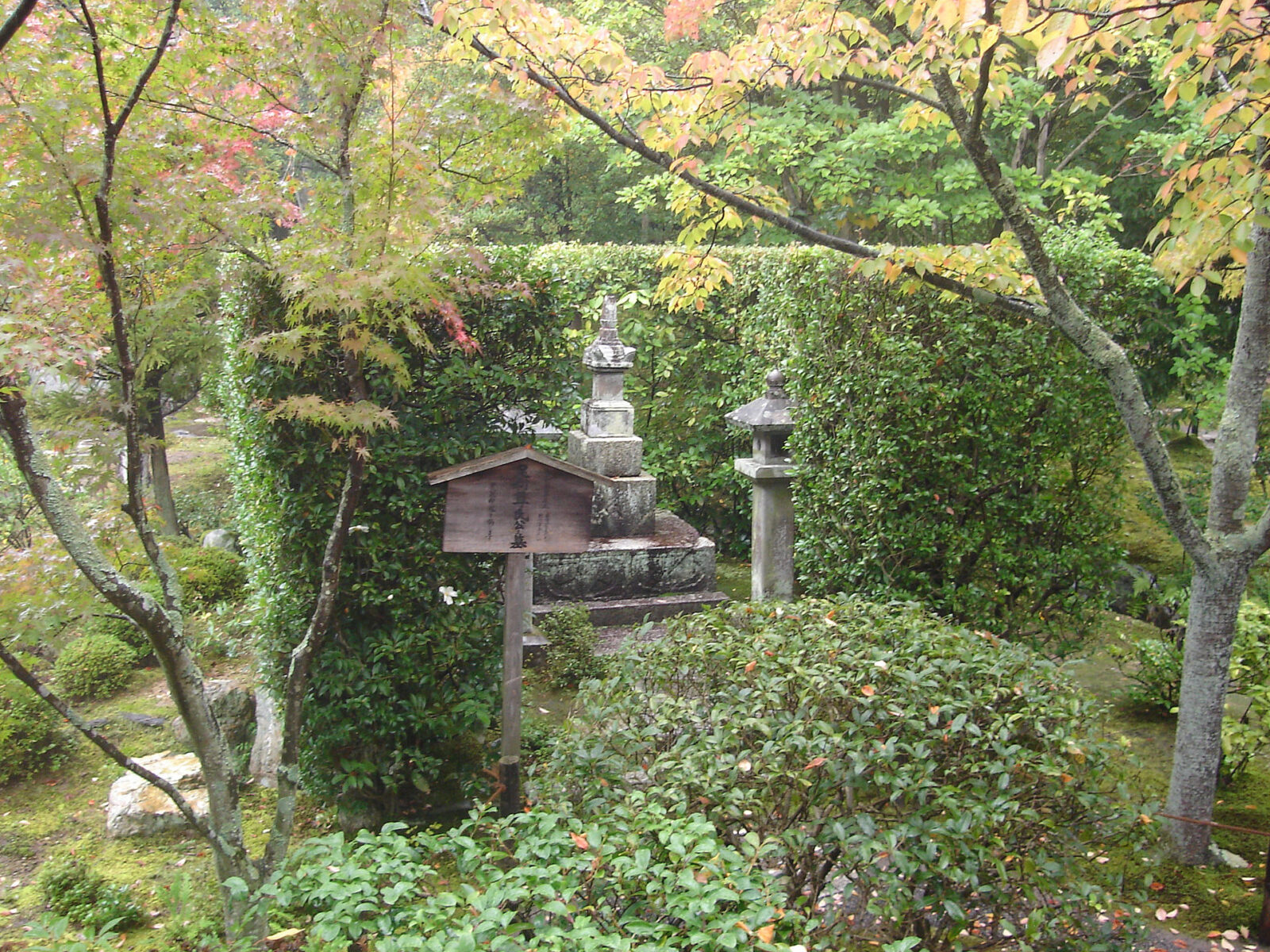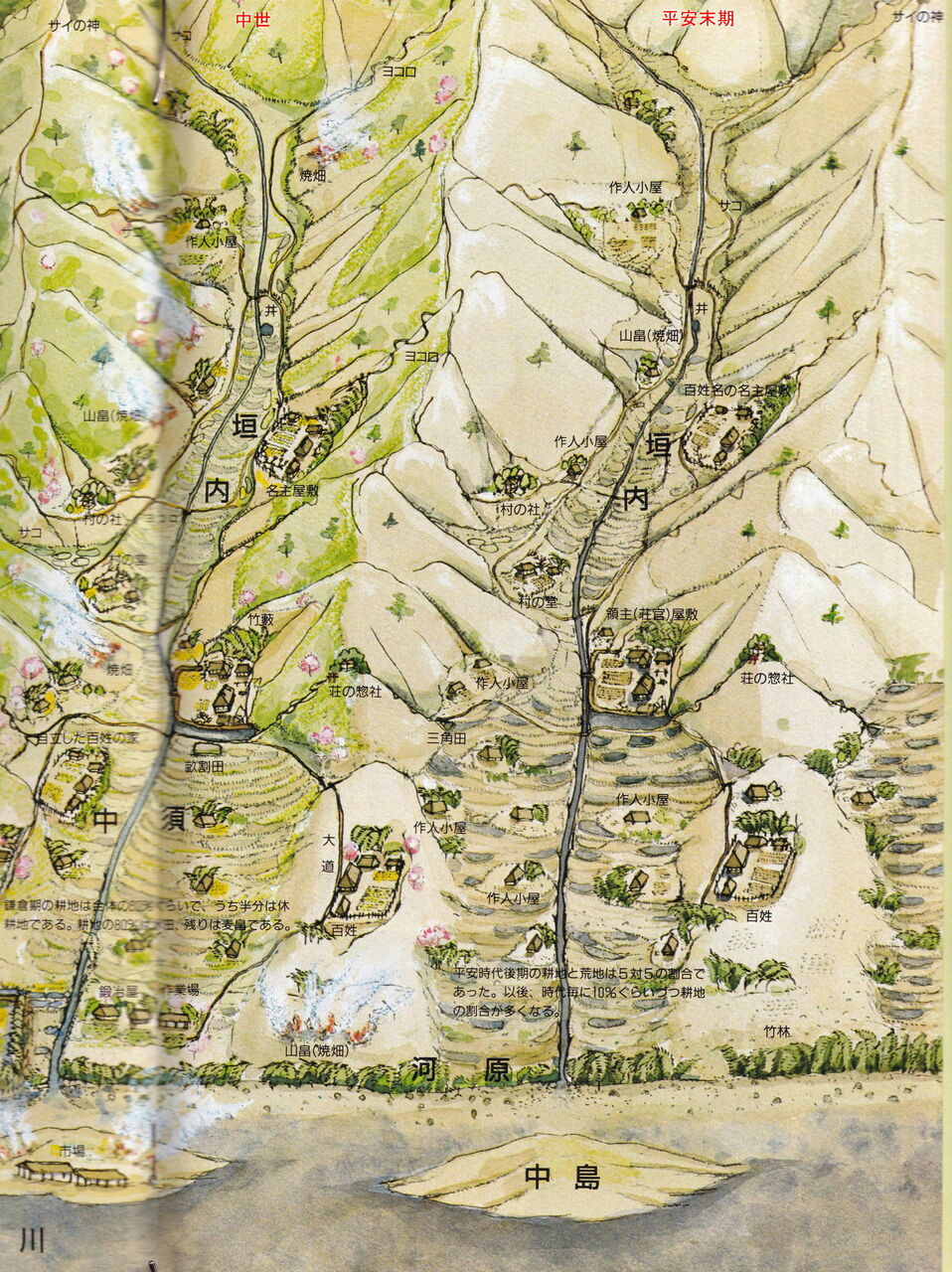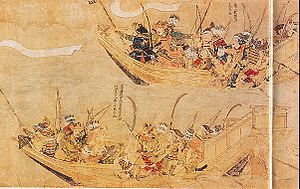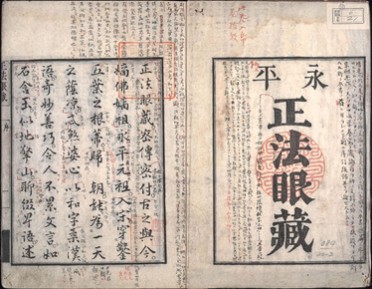This week on the Revised Intro to Japanese History: the beginning of the end of the age of war and…
This week on the Revised Intro to Japanese History: the social, religious, and economic changes of the Sengoku period. Though…
This week, we look at the flip side of the chaos of the Sengoku era in the form of two…
This week on the Revised Introduction to Japanese History: our first foray into the age of civil war! We’re looking…
This week: the Muromachi bakufu comes crashing down, thanks to a combination of structural weaknesses and a shogun who is…
This week: Go-Daigo’s regime collapses, and a second samurai government, the Muromachi bakufu, emerges. How did Ashikaga Takauji successfully establish…
This week: the dramatic career of Emperor Go-Daigo, who brought down the Kamakura shogunate and ended Hojo rule in Japan.…
This week, we’re taking a look at some of the economic and social structures of Kamakura period Japan in order…
This week: why did the Mongols invade Japan? How did a seemingly invincible military machine falter in its assaults on…
This week: the advent of the medieval era brings with it new strands of Buddhism that will radically remake the…
